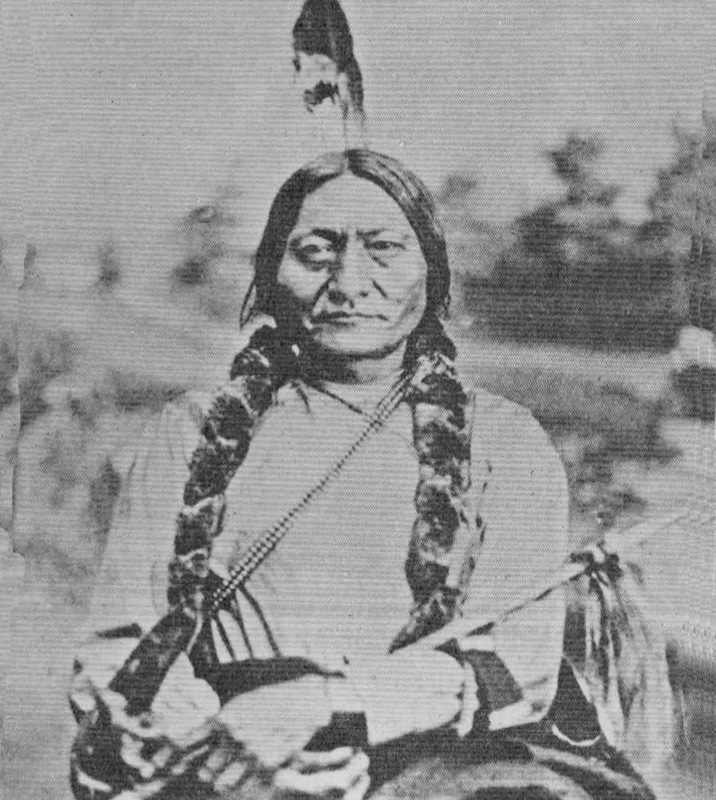
HISTORICAL EVENTS THAT TOOK PLACE ON THIS DAY IN CANADA
6 May

Sitting Bull
Sioux Enter Canada
Every American knows the story of "Custer's last stand" when he and 264 men of the United States Seventh Cavalry were wiped out by Chief Sitting Bull and his Sioux warriors. How many Canadians know its sequel? It was a tense situation in western Canada when Sitting Bull crossed the border on May 6, 1877, with 500 of his braves, 1,000 squaws and 3,500 horses. Gradually others joined them until they numbered 4,000, armed with the latest-type rifles captured from the defeated Americans. They settled at Wood Mountain, now the Cypress Hills Provincial Park, on the Saskatchewan-Alberta border.
When Major Walsh of the Northwest Mounted Police made his first visit to Sitting Bull's camp, he had 150 scarlet-coated mounties with him. As the two leaders talked, the Sioux rode around the camp carrying their rifles. They had defeated a far larger force of United States Cavalry. Why not attack 150 men of the Mounted Police? If they had done so, they might have been joined by the Blackfoot and the Cree Indians in an Indian war to massacre every white man in western Canada.
There was another danger. These two tribes might resent the Sioux' having come into their hunting grounds, and go to war against them.
Major Walsh tried to persuade Sitting Bull to return to the United States. The Americans had promised to forgive the attack on General Custer and provide them with a reservation. Sitting Bull would not go. He said that the Sioux had been British subjects in the past and had been promised safety in the "Great Mother's land."
The American government even sent General Terry to negotiate with Sitting Bull, who refused to talk to him at a colourful conference attended by a group of nervous American newspapermen. Who wouldn't be nervous watching a handful of Mounties guard 4,000 armed Indians?
The explosive situation continued for four years. On one occasion Sitting Bull pulled a knife on Major Walsh, who grabbed him by the shoulders and the seat of his pants and threw him out of the. tent. The Sioux warriors only watched.
Starvation finally drove the Sioux back to the States in 1881. W. G. Hardy in From Sea Unto Sea says: "A brave and free people had been forced into surrender, not by battle or by persuasion, but by the shabbiest of all tricks, denial of food for men, women and children."
OTHER NOTABLE EVENTS ON THIS DAY IN CANADIAN HISTORY
6 May
-1708 Bishop Laval died.
-1720 The first meeting of the Council of Nova Scotia was held.
-1776 Sir Guy Carleton drove the American forces from Quebec.
-1777 General Burgoyne arrived at Quebec to succeed Carleton.
-1910 King Edward VII died. He was succeeded by George V.